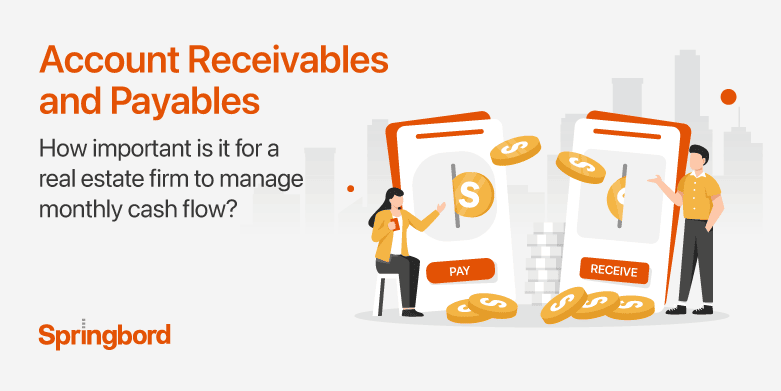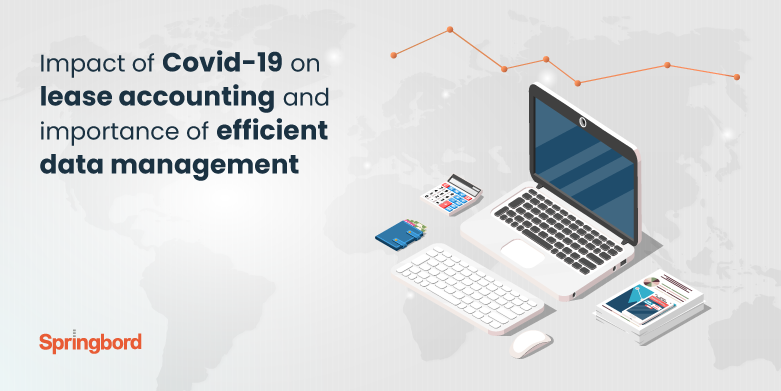 Read time 2 min
Read time 2 min
What is CAM?
- CAM is a short form for Common Area Maintenance charges, and is one of the most underestimated and undervalued aspects of any commercial lease in real estate
- It comprises of maintenance fees and operating costs (work carried on in the common area of a property like cleaning the walkways, cleaning the food court area, common lobby area, etc.), insurance, property tax expenses incurred on a quarterly, half-yearly or annual basis
- CAM payments are over and above the rental paid every month by a tenant
How is CAM calculated?
The Landlord and Tenant discuss and negotiate CAM charges prior to signing the lease agreement, accordingly the charges may differ from one lease to another lease, and similarly, the operating costs that can be billed and presented as CAM charges by the landlord may vary from tenant to tenant.
Every tenant pays a pro rata share of the occupied property’s total CAM charges, which is the percentage of the tenant’s leased square footage of the total, rentable square footage of the said property.
How does CAM work for your business?
There are 3 important aspects for understanding and dealing with CAM:
- Different Charges:
- Base/Basic Rental: The minimum amount charged by a Landlord to a tenant for renting the premises. Usually, it takes into account the total square footage of the rented area multiplied by the price assessed per square footage by the Landlord. Typically, this is determined on an annual basis.
- Additional/Extra Rental: This includes expenses related to the common areas like, property taxes, insurance costs, maintenance costs, etc. paid by the tenant. Property taxes and insurance are extremely straight-forward expenses, however, operating expenses or maintenance costs incurred by the landlord, could be passed on to the tenant by overcharging such expenses.
- Lease category:
- NET: The tenant pays a lower base rent. Although it may seem advantageous to the tenant, it can cause a much higher out of the pocket expenses in the long run, esp. when the landlord reconciles the CAM at the end of the year.
- Single Net (N): The landlord bears the insurance and maintenance costs, while the tenant shall pay the property tax on a pro rata basis
- Double Net (NN): The landlord bears the maintenance costs, while the tenant shall pay the property taxes and insurance on a pro rata basis
- Triple Net (NNN): The tenant pays the maintenance costs, property taxes, and insurance too
- GROSS: The tenant pays a lumpsum which is “all inclusive” by paying a higher amount per square foot. Which means, the rent paid or payable by the tenant will include the base rent, additional operating expenses, insurance charges and property taxes too. This is advantageous for the tenant as unexpected out of pocket expenses can be avoided.
- NET: The tenant pays a lower base rent. Although it may seem advantageous to the tenant, it can cause a much higher out of the pocket expenses in the long run, esp. when the landlord reconciles the CAM at the end of the year.
- Type of space: There are three types of commercial spaces: Retail, Office and Industrial
- Retail area: A business where in the tenant sells the products to the customers directly by renting out an area and paying rental to a landlord. NNN or Gross can favour such businesses
- Office area: A business which requires administrative office space. Gross or NET leases with escalations can favour such businesses
- Industrial area: A business involving product manufacturing and production of goods. Gross leases can favour such businesses
It is important to have a deeper understanding of CAM, failing which can result in higher financial risks and volatile cash flows, causing huge out of pocket expenses and thus affecting the bottom line.







